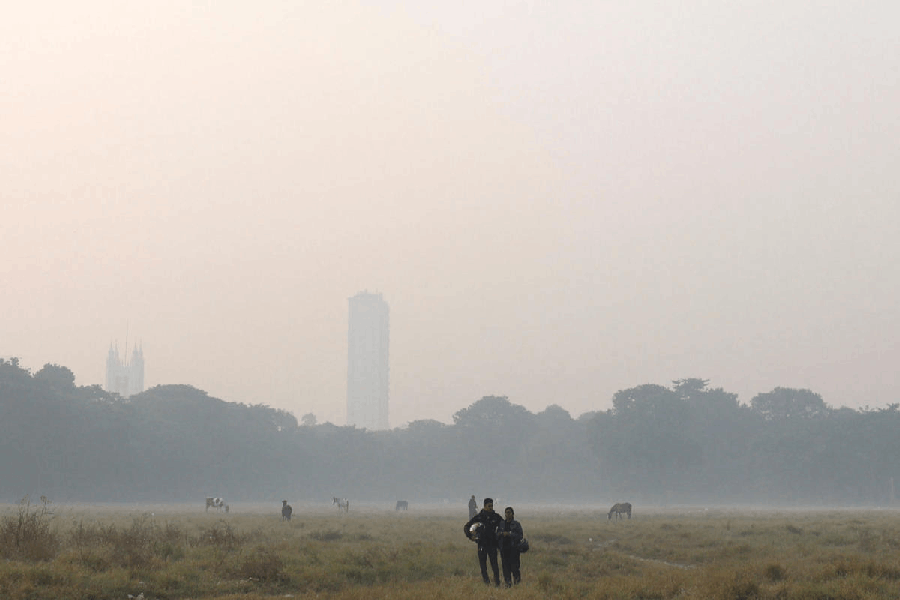A few days ago, a post on Facebook caught my eye. A relative of a doctor somewhere in New Jersey, US, had urged currently healthy survivors of Covid-19 to help the doctor, who is on a ventilator and fighting for her life. What Covid-19 survivors could do is donate plasma, the liquid, antibody-rich part of blood minus the cells. It’s called convalescent plasma and an April 16 statement by the US Food and Drug Administration (FDA) said, “Providing an update on one potential treatment called convalescent plasma and encouraging those who have recovered from Covid-19 to donate plasma to help others fight this disease... Prior experience with respiratory viruses and limited data that have emerged from China suggest that convalescent plasma has the potential to lessen the severity or shorten the length of illness caused by Covid-19.”
Popularly known as plasma therapy, the treatment of Covid-19 patients with convalescent plasma transfusion found strong support in a March 27 research paper in the Journal of the American Medical Association (JAMA). The study, carried out on five critically ill Covid-19 patients (on ventilators) in China, was led by Chenguang Shen of Shenzhen Third People’s Hospital in Shenzhen, China. After plasma therapy, the patients’ fever went down in three days (in four out of five cases), there was substantial improvement in respiration-related parameters and viral load in the blood became negative — a test for Covid-19 came negative — within 12 days.
Another study published on April 6 in the US journal, Proceedings of the National Academy of Sciences (PNAS), recorded that after one dose (200ml) of convalescent plasma, there was substantial improvement in 10 severely ill patients, without any serious adverse effects. There was disappearance of viremia (virus in the blood) in seven days, the team of researchers — including eminent Chinese scientist Shi Zhengli of the Wuhan Institute of Virology — noted. “One dose [of convalescent plasma] with a high concentration of neutralising antibodies can rapidly reduce the viral load and tends to improve clinical outcomes,” Zhengli and co-workers revealed.
Dr Anish Ray, consultant haematologist at the Cook Children’s Medical Center, Texas, US, explained that the human body’s remarkably effective immune system can generate antibodies, which can neutralise viruses. That is how we fight against and recover from viral infections such as influenza. These antibodies persist in the blood, enabling the patient to fight the virus in case it returns. If these antibodies could be harvested and transfused into another patient suffering from the same virus, it could boost the patient’s ability to fight the virus and recover from the illness. “The method, known as convalescent plasma therapy, has been advocated to prevent and treat several infectious diseases for over a century; in the last two decades it has been used to successfully tackle illnesses such as Sars, Mers and the H1N1 pandemic,” Dr Ray pointed out.
Some other infectious diseases also showed encouraging results with convalescent plasma therapy. In 2014, during the Ebola outbreak, the WHO recommended using convalescent plasma to treat patients. As Dr Sushant Soni, a New Delhi-based consultant haematopathologist and former assistant professor of haematopathology at the All India Institute of Medical Sciences, points out, “Convalescent plasma [was] used as a therapy for the treatment of Ebola virus disease during the 2014 West Africa epidemic. However, efficacy of the treatment [in Ebola] is yet to be proven by large clinical trials.”
An analysis published in the Annals of Internal Medicine in 2006 showed that during the Spanish influenza pandemic in 1918, there was a substantial decrease in the death rate (about 21 per cent) in patients with complications (influenza and pneumonia) who were treated with convalescent human blood products.
But, as Dr Ahsan Ahmed, chief consultant at the critical care department of KPC Medical College and Hospital in Jadavpur, Calcutta, pointed out, “Though initial result of convalescent plasma therapy for Covid-19 is promising, the number of patients treated was very small and those patients also received other supportive care including antiviral drugs.” So, plasma therapy needs to be used very cautiously, he said, adding that the treatment itself is associated with life risks such as, among others, transmission of other deadly pathogens and transfusion related acute lung injury (TRALI) in the already damaged lungs of severely ill Covid-19 patients. Also, factors such as patient selection, timing of plasma therapy and the ideal levels of antibody in the plasma of donors should be standardised through larger clinical trials.
Meanwhile, the Indian Council of Medical Research (ICMR) has started an experimental study to assess the efficacy of plasma therapy as a treatment for Covid-19. In a briefing on April 28, joint secretary of the Union ministry of health and family welfare, said, “Till the study is approved, no one should use it. Doing so can be harmful to the patient, it can have life-threatening complications if it is not used as per proper process and guidelines. Moreover, using plasma therapy before its approval would also be illegal. Till then, it is unjustified to spread any claim about the effectiveness of this therapy.”
Though Covid-19 spreads fast, it doesn’t kill most patients; the fatality rate so far is around three per cent in our country. A majority of Covid-19 patients recover with just supportive treatment. Convalescent plasma therapy has shown impressive results so far and we should be cautiously hopeful while we await the results of various drug and vaccine trials.
The writer is a physician who writes for several international medical journals











